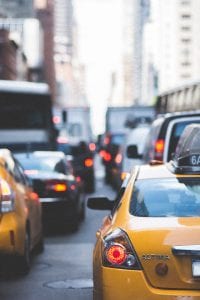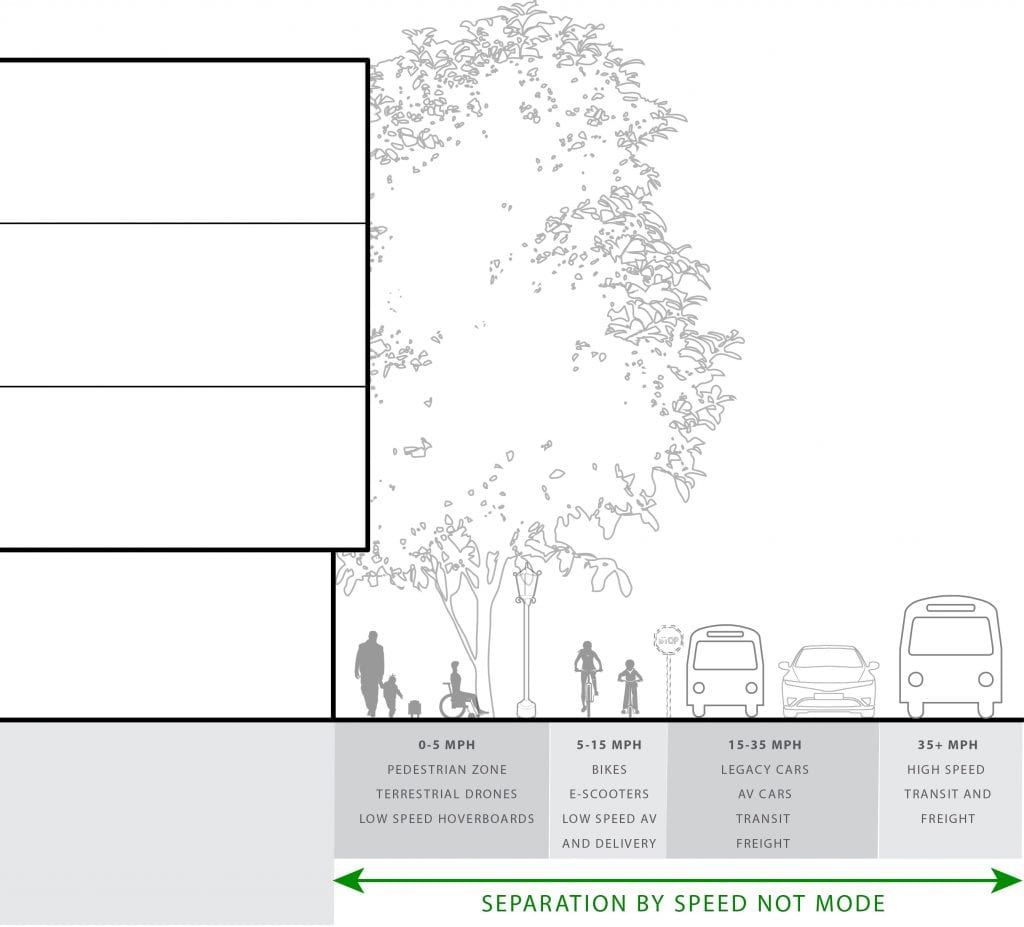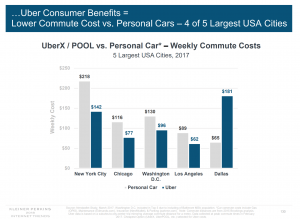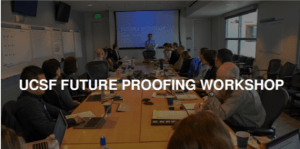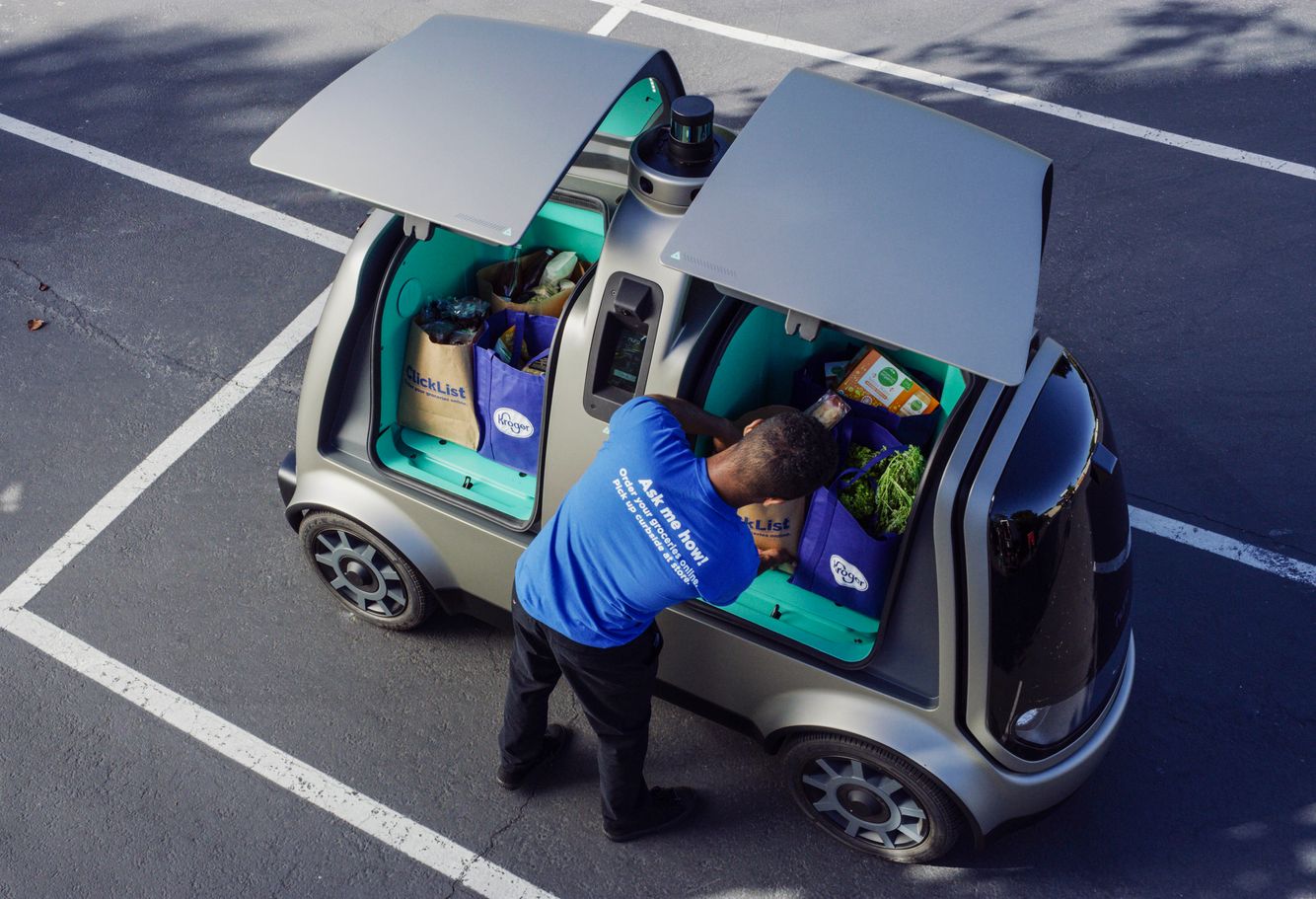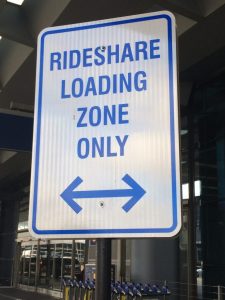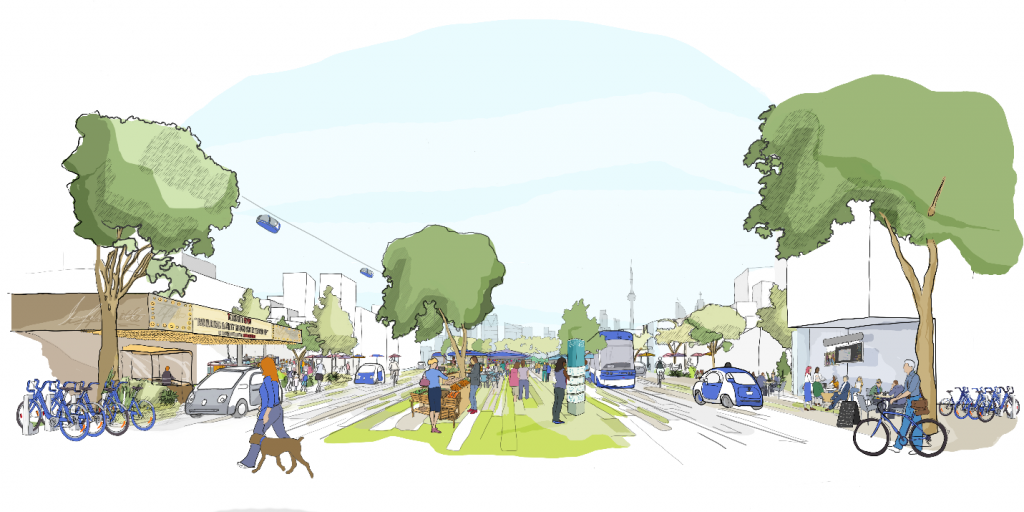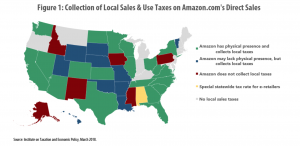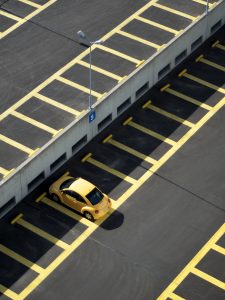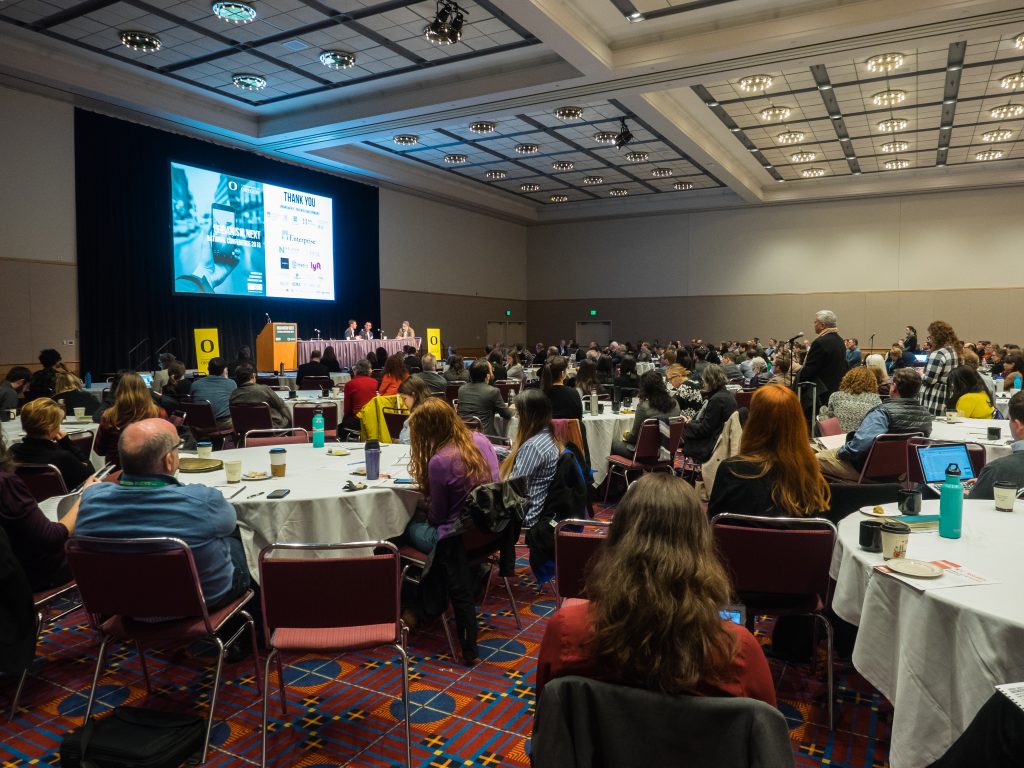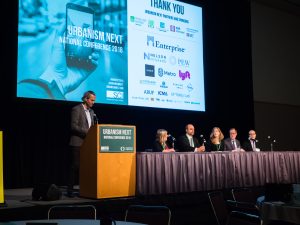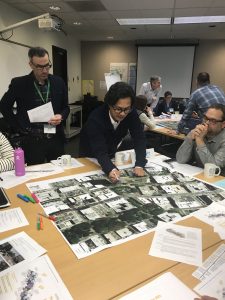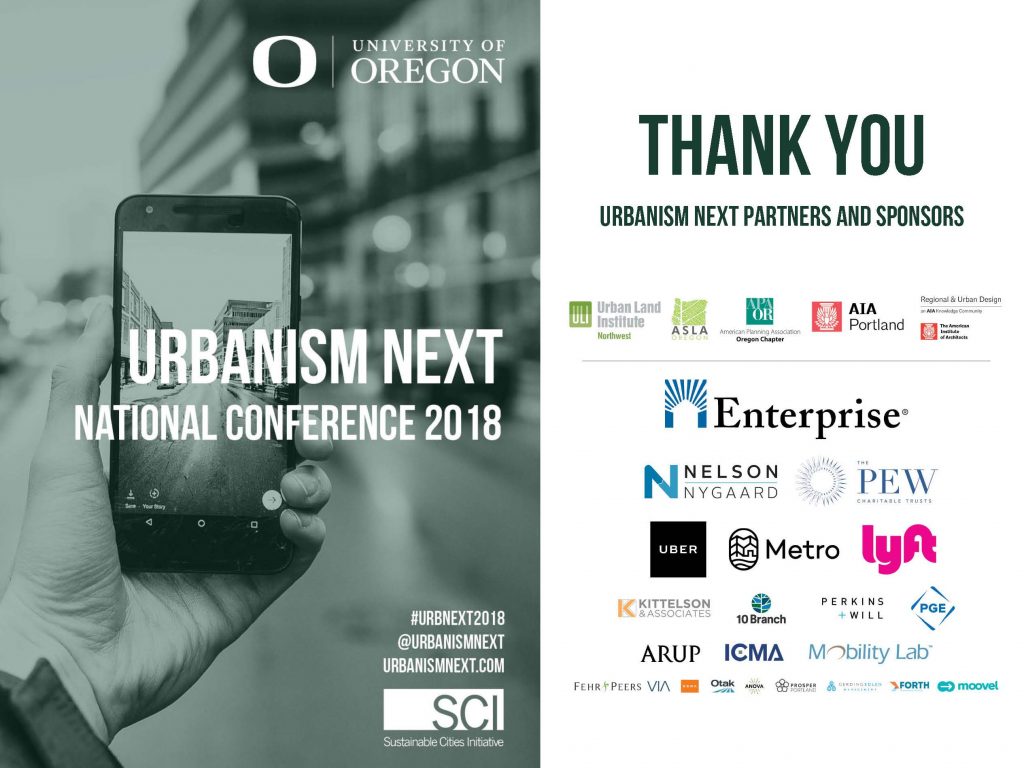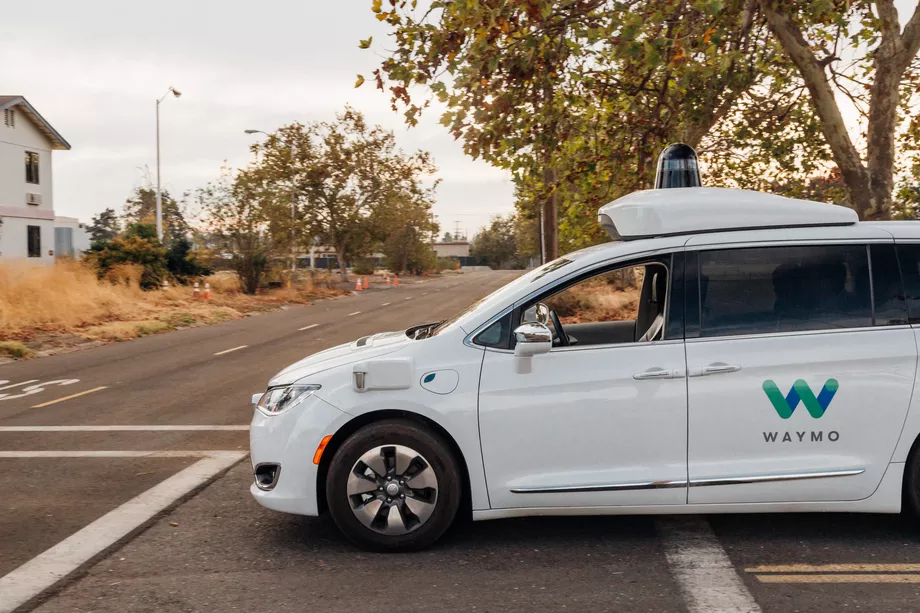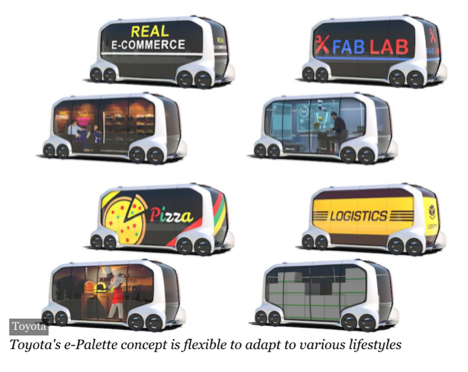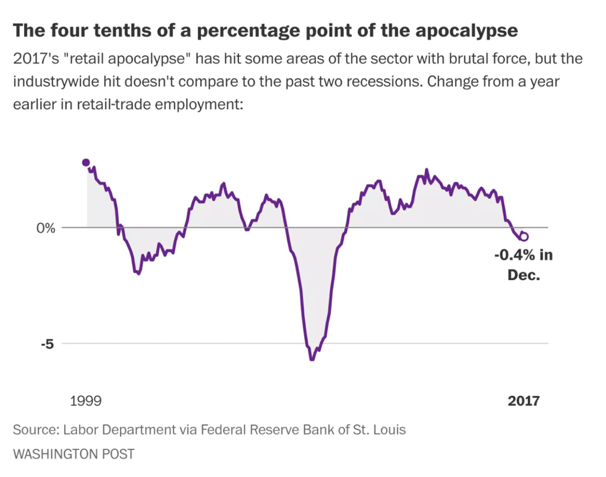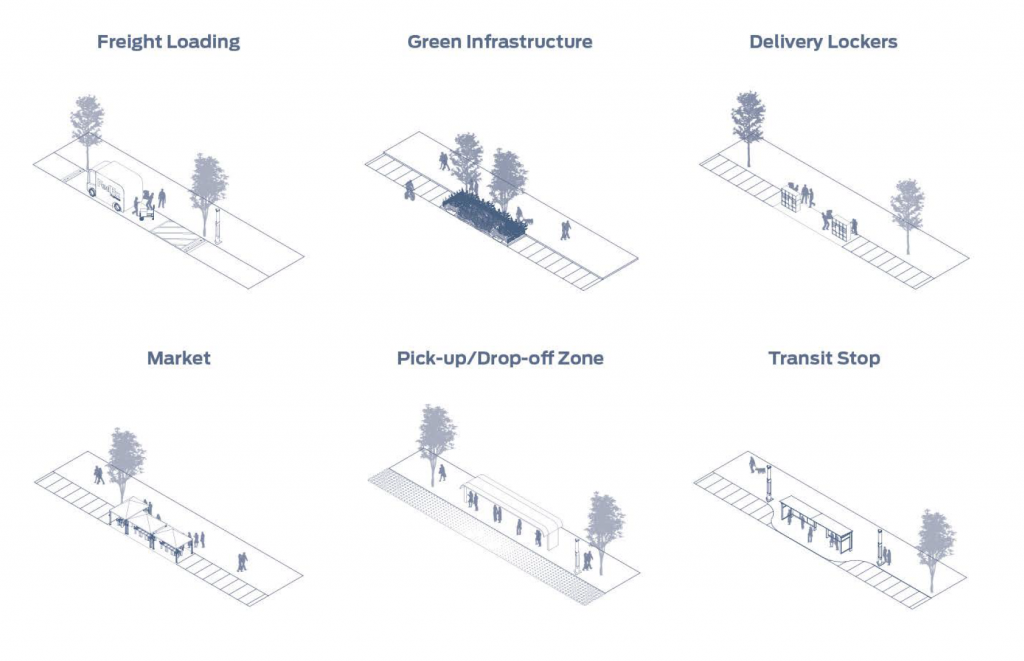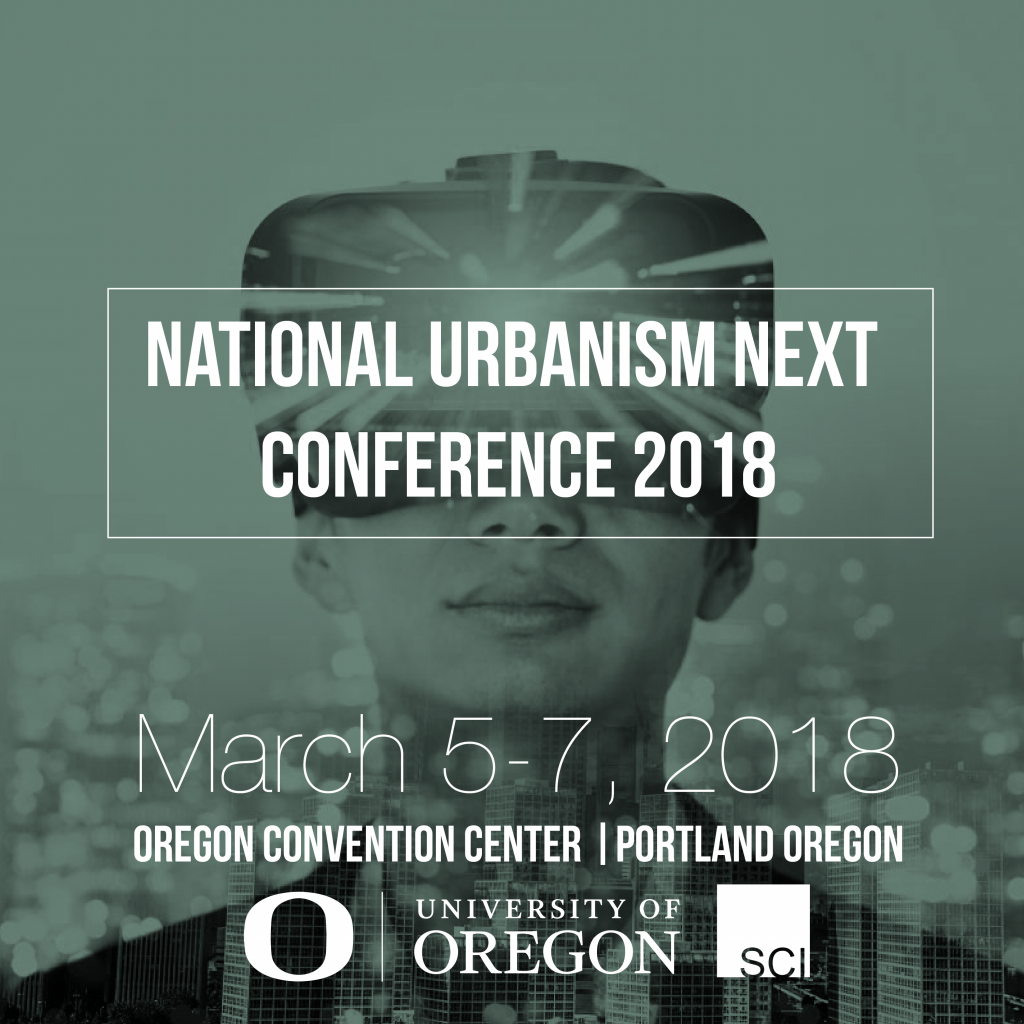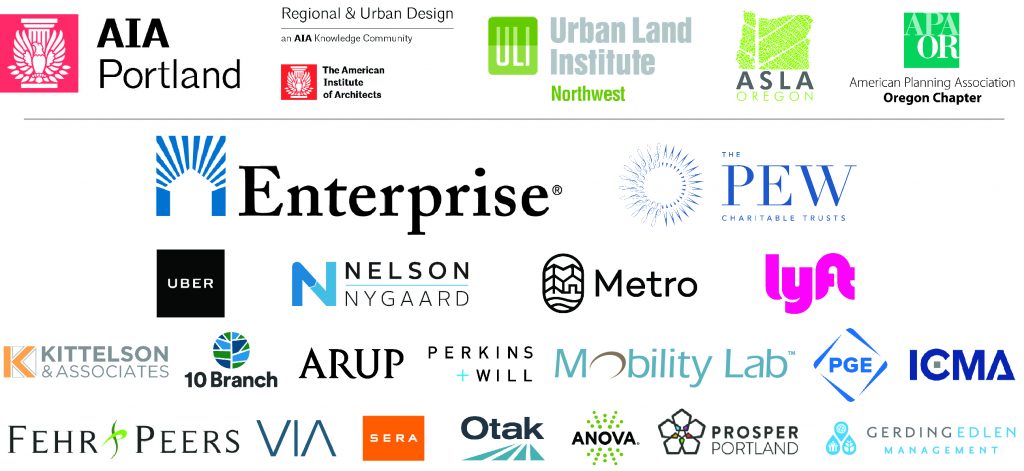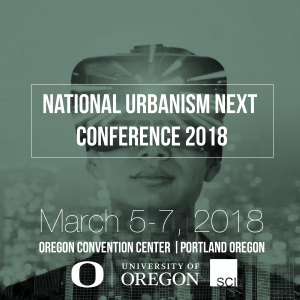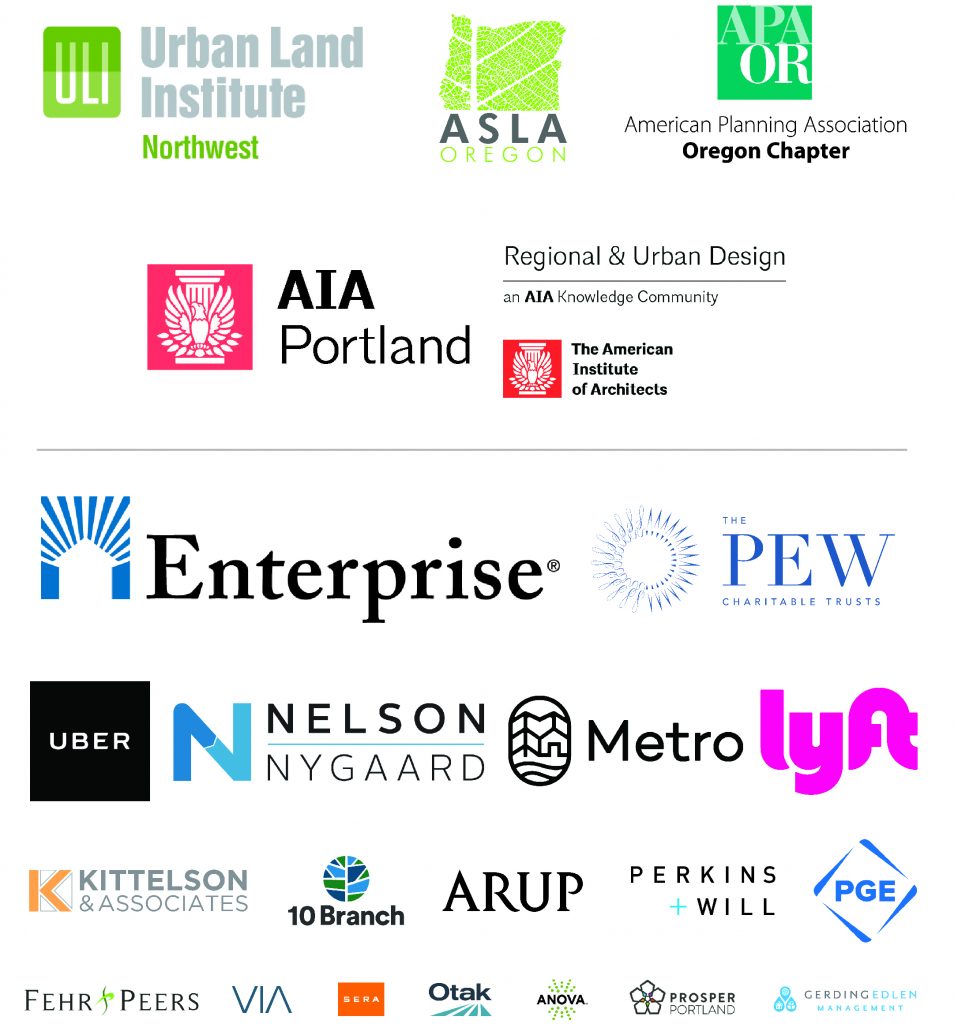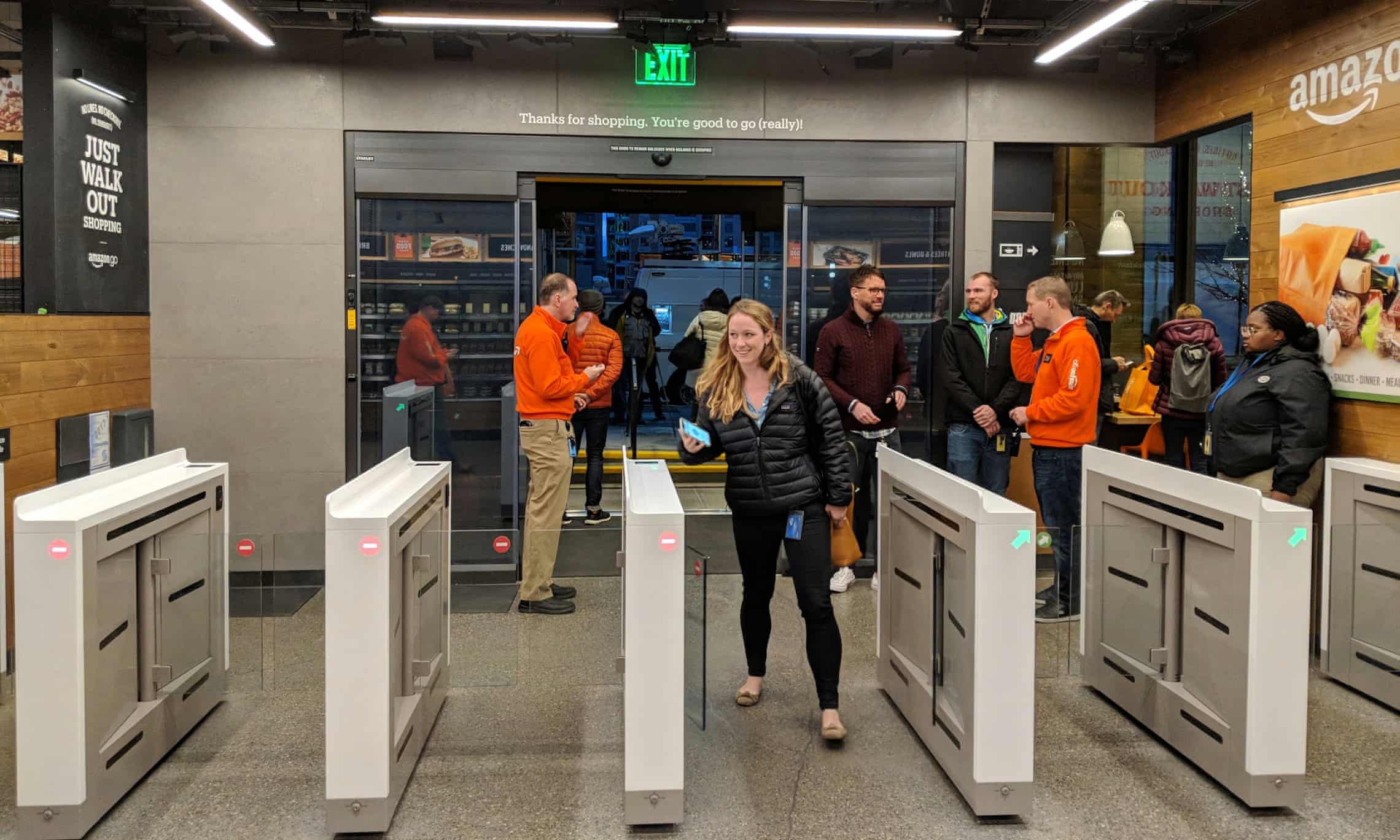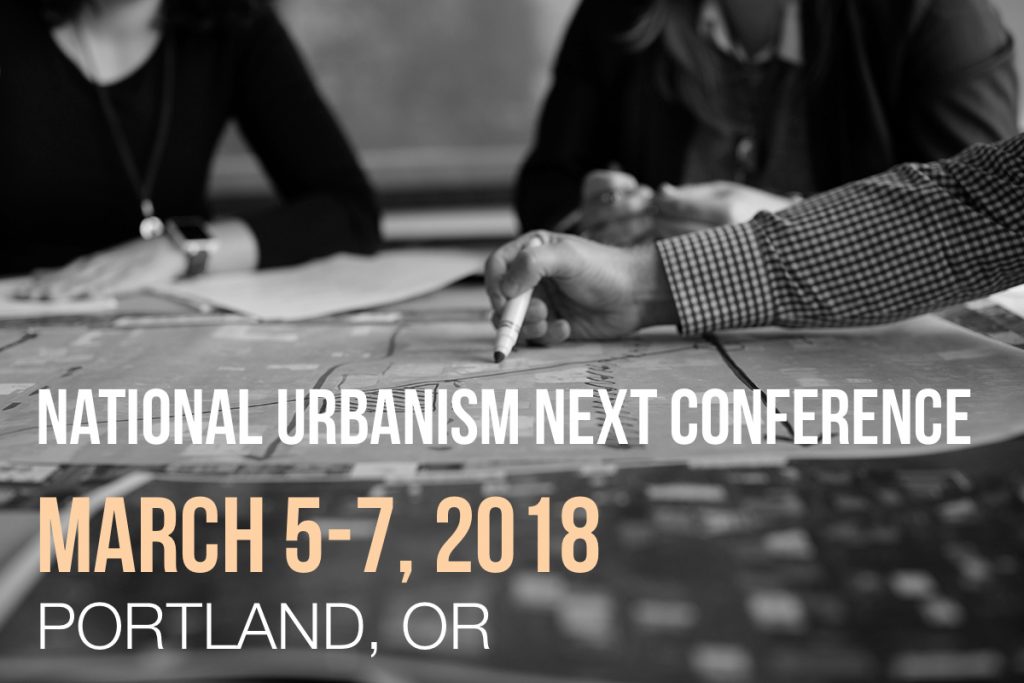Cities are starting to see a vertical integration of the Mobility as a Service (MaaS) landscape. A number of companies (see examples of Uber and Lyft) are realizing the opportunity to provide multiple MaaS options to their clients and not only focus on one part of the mobility pie. Rideshare, bikeshare, e-scooters, etc. all have the possibility of on one hand cannibalizing one another and on the other being an entryway to a broader set of possible MaaS options. By integrating services vertically, companies can offer a broader suite of services and ensure that all transactions are within their platform (and their bottom line).
While vertically integrated MaaS options will have large benefits for users, it also points to a potential future where a few dominant companies offer a Helsinki-like vertically integrated mobility option. As a consumer you may end up needing to decide if you want to subscribe to the Lyft MaaS suite, the Uber MaaS suite, or the Waymo MaaS suite. A large concern with this is that it will stifle competition and keep small companies out of the marketplace. Cities can play a lead role in ensuring that this doesn’t happen so that their residents have a wider range of options and the economic benefits of MaaS are not restricted to a few large, key players.
The three things that are necessary for an open MaaS platform are:
- Shared route/cost/time information– There are already a number of examples of this happening thanks, in large part to Google’s leadership on creating GTFS. A number of apps – including Google’s own Google Maps – let you compare travel options, complete with time and cost information. The next generation of these apps needs to start thinking about how to show expanded travel options which mix modes (the height of the MaaS vision). It would be great to see a travel option that includes bikeshare from your house to the transit stop, the transit trip itself, and then a scooter option for the last-mile. More and more, this is exactly the types of trips we will all be making in a MaaS world.
- Uniform payment platform– Critical in making all of this work is a single payment platform that allows easy movement from one mode and service to another. This will facilitate use of the most efficient mode of travel and will allow small companies to compete with larger ones. While uniform payment has been a challenge in many parts of the US, there are examples abroad that show this is absolutely possible. For example, OV Chipcard in the Netherlands is a single payment platform that is used by train, tram, bus, carshare and bikeshare companies. It is simple to plug into the system and from the user’s perspective, makes transportation choices easy to make.
- Multi-company subscription services – Both of the points above create the opportunity for multi–company subscription services where movement between MaaS modes becomes easy and economically beneficial. The difficulty will be in finding the framing and levers to bring private sector companies along and not have them each create their own transportation fiefdoms. One large lever will be that, if this shared subscription marketplace can be created, companies will want to join simply to have access to users. If they are outside of it, their competitors will get the rides. It is a tricky proposition and will require a good amount of thinking and coordination (both with companies and with regulatory bodies) to make this work, but the potential upside is tremendous for user experience, economic opportunity, and for the overall efficient use of the transportation network.
This is an important moment where cities should be shifting their thinking from how to deal with a continuing series of mode innovations (e.g. e-scooters being the latest one) to a more expansive and forward thinking approach that is focused on outcomes and on creating a broad platform that can accommodate current and future transportation options in a level playing field.


